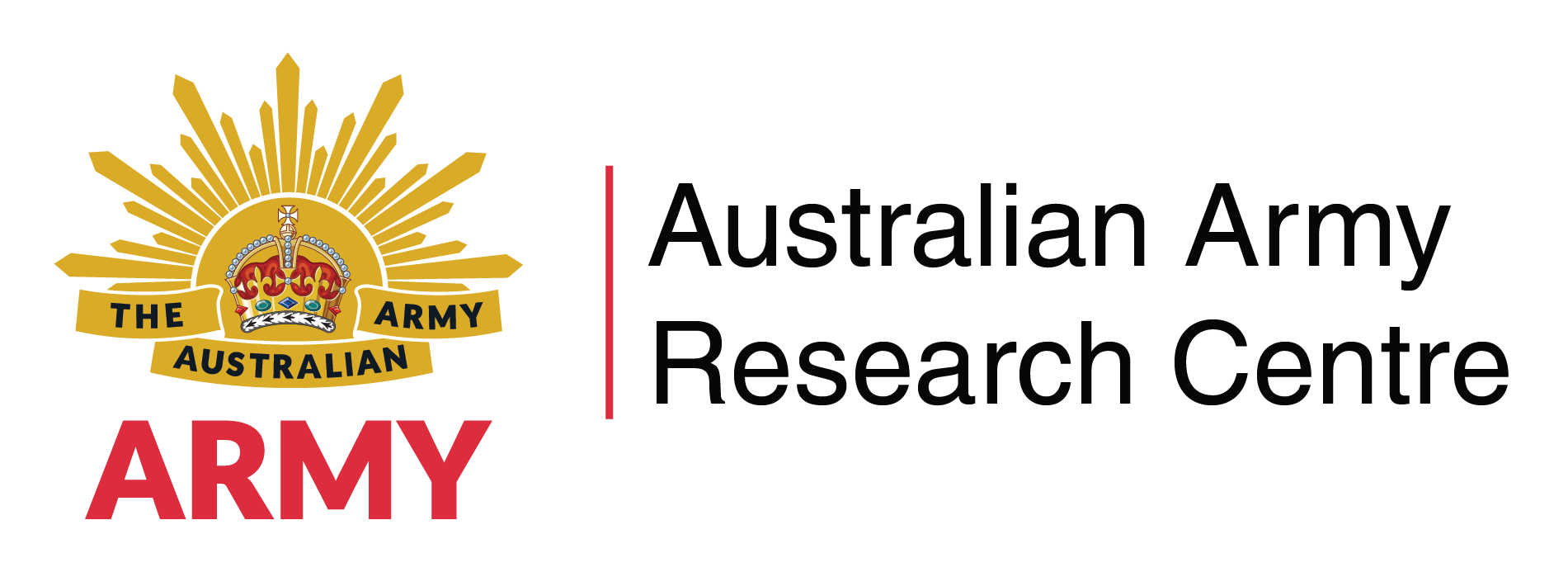Search
Using the filters to the left, click your selection, it will become bold and filter the results, click it again to remove that filter.
Abstract The focus of the Army Reserve has shifted from supplying deployable units for large-scale conventional warfare to providing individuals and small groups to support the Army’s current operations. The requirement for soldiers to be easily integrated into Regular units has caused us to increasingly train, treat and manage reservists identically to their full-time counterparts. This is ineffective because it fails to accept the real and important differences between Regular and Reserve service. …
Abstract The following is the text of an address given by the Chief of Army, Lieutenant General David Morrison, to the Royal Australian Navy’s Sea Power Conference in Sydney on 31 January 2012. Lieutenant General Morrison stated that the introduction into the Australian Defence Force of new amphibious capability is anything but routine. The Landing Helicopter Docks cannot be thought of as merely a transport capability. Rather they are an integral part of a combat system with unique, and unprecedented, …
Abstract This article provides an in-depth exploration and examination of operations against and around Post 11 as part of the Australian assault on Bardia. Despite the interesting nature of such operations in their own right, it aims at more than simply recounting details of this remarkable action. Events in and around Post 11 some 67 years ago provide a number of salutary lessons for modern commanders. In particular, the destructive effects of inflated ego and personal pride, stubbornness in the face of …
Abstract The Battle of Pinios Gorge was a key ‘rearguard’ action fought by Australian and New Zealand troops against a German enemy from 17–18 April 1941 during the ill-fated Greek campaign. The purpose of this investigation of events at Pinios is threefold. First, it provides a detailed forensic account of an important yet little known ‘Anzac’ battle. Second, it seeks to counter a number of mistaken interpretations, which have grown from the scant body of non-operationally oriented literature that has …
Australian Battalion Commanders in the Second World War Written by: Garth Pratten, Cambridge University Press, Port Melbourne, 2009, ISBN: 9780521763455, 435pp. Reviewed by Craig Stockings Despite its rather uninspiring title, and the fact that it began life as a PhD thesis—and at times reads as such—Garth Pratten’s book: Australian Battalion Commanders in the Second World War is an important contribution in an under-represented area of Australian military historiography. Over the decades the acolytes …

Abstract The majority of officers will be working in a multi dimensional and unpredictable operational environment on complex problems that require an integrated inter-agency and/or coalition solution. To assist in developing those solutions officers will need to be more cooperative, compromising and collaborative in order to shape the desired outcome. This desire requires the ability to think critically, communicate effectively, and influence others through persuasive argument. This article seeks to …
Abstract Communications capability, equipment and training requirements have become increasingly complex over recent years, and this trend is only going to continue. As the subject matter experts, RASigs will have to look closely at communications at all levels, especially those which are traditionally performed by regimental signallers. This trend is even more pronounced in the Army Reserve, where the doctrinal role of the Formation Signals Squadron has been largely negated. Reserve Signals Squadrons have …
Abstract Successive Defence White Papers have emphasised the need for an effective amphibian deployment and sustainment system involving Army, Navy and Air Force assets to project force across Australia’s primary operating environment. Australia is purchasing two ships capable of carrying significant amounts of equipment, but further investments of both money and professional resources will be essential to develop an effective force package capable of the full suite of amphibious tasks. Lessons can be …
Abstract Change within our society and primary operating environment has reached exponential levels. The requirement to create an adaptive Army was recognised early this century and Army has been working to create a cultural shift that will make it more effective in its current endeavours. The key catalyst to enable an adaptive Army is agile commanders who have the freedom of action to adapt and overcome. This article examines the methods that software engineers and project managers use to solve non linear …
Abstract This article suggests that the ADF should seek to adopt a standard organisation for infantry battalions, based on manpower and organisation, rather than conditions dictated by manning equipment. The aim of this article is to propose one type of infantry battalion for the Australian Defence Force. One type of infantry battalion would greatly simplify organisation, manning, and refocus thinking toward the fact that infantry are human beings to whom the army gives equipment, and are not simply there …
